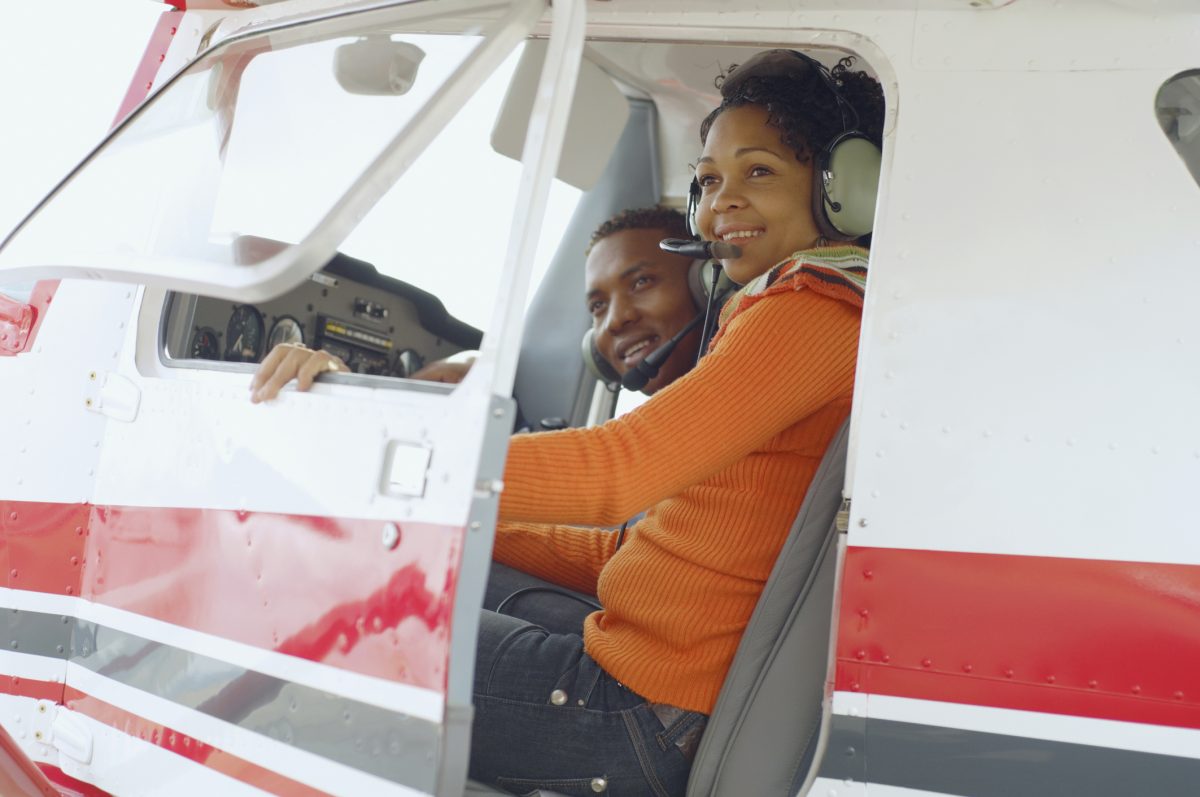
“Aviation in itself is not inherently dangerous. But to an even greater degree than the sea, it is terribly unforgiving of any carelessness, incapacity or neglect.”
– Commonly attributed to Captain Alfred Gilmer Lamplugh, British Aviation Insurance Group.
As this popular quote suggests, flying may not be inherently dangerous, but it is inherently risky. Enter the discipline of risk management, which the FAA describes as “a decision-making process designed to methodically identify hazards, assess the degree of risk, and determine the best course of action.” When assessing risk, pilots must not only focus on their aircraft and the current flying conditions, but they must also become comfortable identifying and addressing the potential risks they bring to the equation as pilot in command.
Pilots should be able to answer three questions before every flight: Am I healthy? Am I legal? Am I proficient? In this three-part series, we provide tips for self-assessing risk in the areas of health, currency, and proficiency. You can read Part I in this series, about identifying pilot health risks, here. In the second part of the series, we talk about some of the basic currency requirements to check before your next flight. For a complete list of these standards, reference the Federal Aviation Requirements (FARs) for the type of flying you plan to do.
Flight review
When was your last flight review? Your private pilot’s license is good for life, but to act as pilot in command of an aircraft, you’ll need to successfully complete a flight review with an instructor of your choice within the preceding 24 calendar months. At a minimum, the flight review must include at least one hour of ground instruction and one hour of flight instruction, and it can be flown in any airplane in which you’re rated. The flight review isn’t pass or fail, but rather a way to ensure pilots brush up on current rules and procedures. Your flight review is also a great time to practice any maneuvers or skills that you don’t use on a regular basis. The FAA has some exemptions to the flight review, which include exemptions for pilots who earn a new type or instrument rating, flight instructors, and pilots who complete any phase of the FAA WINGS proficiency program.
Carrying passengers
Are you current to carry passengers? Generally speaking, in order to transport passengers, the FAA requires those acting as pilot in command to make at least three takeoffs and three landings within the preceding 90 days in an aircraft of the same category, class, and type of which you’ll use to take passengers. To carry passengers at night (between 1 hour after sunset and ending 1 hour before sunrise) the pilot in command is required to make at least 3 takeoffs and landings to a full stop in the preceding 90 days during the period beginning 1 hour after sunset and ending 1 hour before sunrise.
Instrument currency
Can you operate under instrument flight rules (IFR) or in weather conditions less than visual flight rules (VFR)? If you’re an instrument-rated pilot, you will need to fly and log the following in your logbook within the preceding 6 calendar months to maintain currency:
See 14 CRF 61.57(c) for additional information on using full flight simulators or flight training devices to achieve the tasks required to maintain currency. If you’re not current, you’ll have a six-month grace period to accomplish the above tasks before you must pass an Instrument Proficiency Check (IPC) to file IFR.
It’s important to note that being legal or current to fly is not a replacement for maintaining proficiency in an aircraft. Even if you meet the FAA’s minimum requirements to stay current, it takes time and practice to fine-tune your skills and ensure you’re as comfortable and confident as possible in the cockpit. Next week, we’ll explain why pilots must consider proficiency into account when self-assessing personal risk.